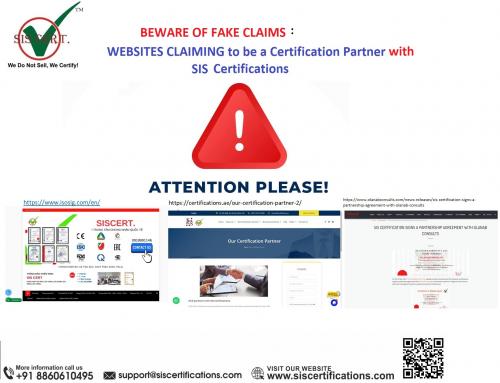What are ISO 45001 Standards
ISO 45001 is an international standard
developed by the International Organization for Standardization (ISO) that
provides a framework for occupational health and safety (OH&S) management
systems. It specifies the requirements and guidelines for organizations to
proactively manage OH&S risks and improve worker safety and well-being.
Here are some key aspects of the ISO
45001 standard:
OH&S Policy: Organizations adopting ISO 45001 certification cost are
required to establish an OH&S policy that outlines their commitment to
providing a safe and healthy work environment, preventing work-related injuries
and illnesses, and complying with relevant legal and regulatory requirements.
Hazard Identification and Risk
Assessment: ISO
45001 emphasizes the systematic identification of hazards and assessment of
OH&S risks. Organizations need to identify potential hazards in their work
environment, evaluate the associated risks, and implement controls to mitigate
or eliminate those risks.
Legal and Regulatory Compliance: The
standard requires organizations to understand and comply with applicable
OH&S legal and regulatory requirements. This includes identifying relevant
laws, regulations, and other obligations, and ensuring that the organization
meets those requirements.
OH&S Objectives and Planning: ISO
45001 encourages organizations to establish measurable OH&S objectives and
develop plans to achieve them. These objectives should be consistent with the
organization's OH&S policy and take into account the identified risks and
opportunities.
Resources and Competence: Organizations
must provide the necessary resources, including human resources, infrastructure,
and financial resources, to effectively implement and maintain their OH&S
management system. Additionally, they need to ensure that workers have the
necessary competence, training, and awareness to perform their tasks safely.
Operational Control: ISO 45001
emphasizes the need for organizations to establish and implement controls to
manage their operational processes and activities that could impact worker
safety. This includes controls related to hazard identification, emergency
preparedness and response, communication, procurement, and subcontractor
management.
Performance Evaluation: The ISO 45001 certification standard requires
organizations to monitor and measure their OH&S performance to determine
the effectiveness of their management system. This involves conducting internal
audits, inspections, incident investigations, and regular performance evaluations
to identify areas for improvement.
Continuous Improvement: ISO 45001 promotes a culture of continuous
improvement in OH&S performance. Organizations are encouraged to identify
opportunities for improvement, take corrective actions to address non-conformities,
and actively seek ways to enhance their OH&S management system.
ISO 45001 is designed to be compatible
with other management system standards such as ISO 9001 (Quality Management)
and ISO 14001 (Environmental Management). This allows organizations to
integrate their OH&S management system with their overall business
processes, ensuring a holistic approach to risk management and organizational
performance.
By implementing ISO 45001, organizations can improve worker safety, comply with legal requirements, enhance their reputation, reduce accidents and injuries, and create a culture of proactive risk management and continual improvement in occupational health and safety.







Comments